Yen Coc village gate
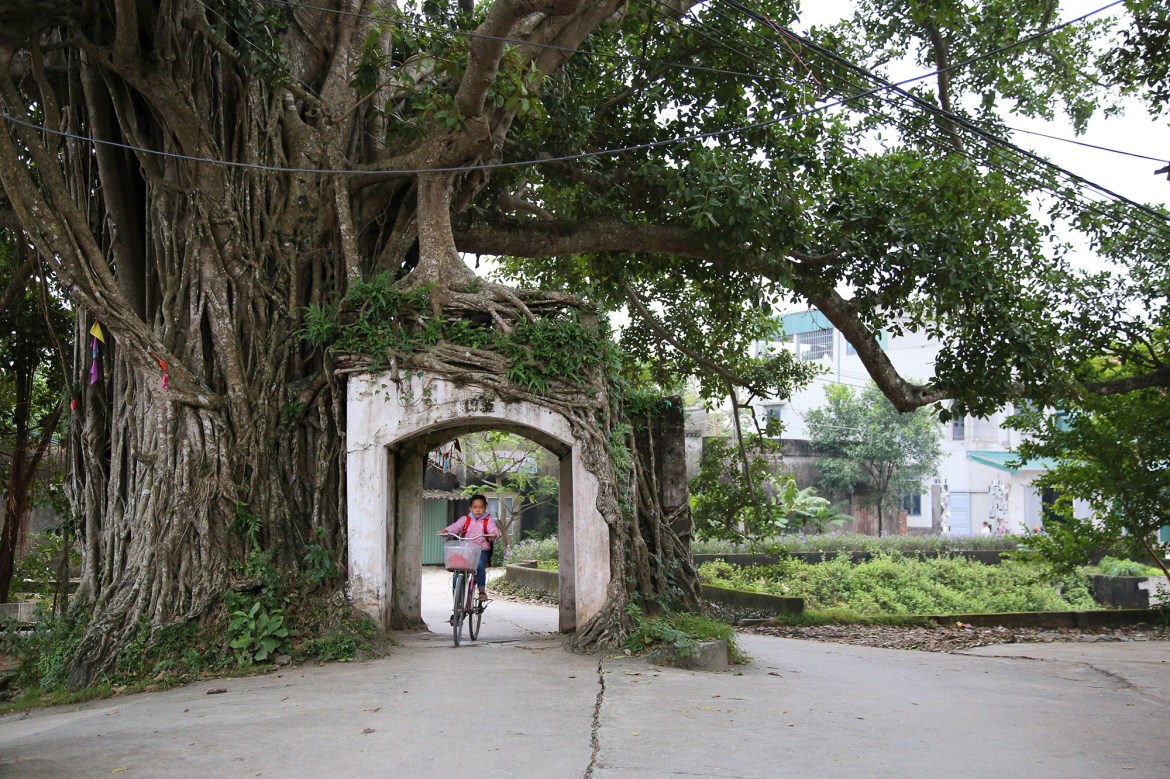
The Yen Coc village gate (Hong Phong commune, Chuong My, Hanoi) is totally embedded in the roots of a centuries-old banyan tree. This gate exudes antique charm while also adding a unique aspect to the peaceful countryside.
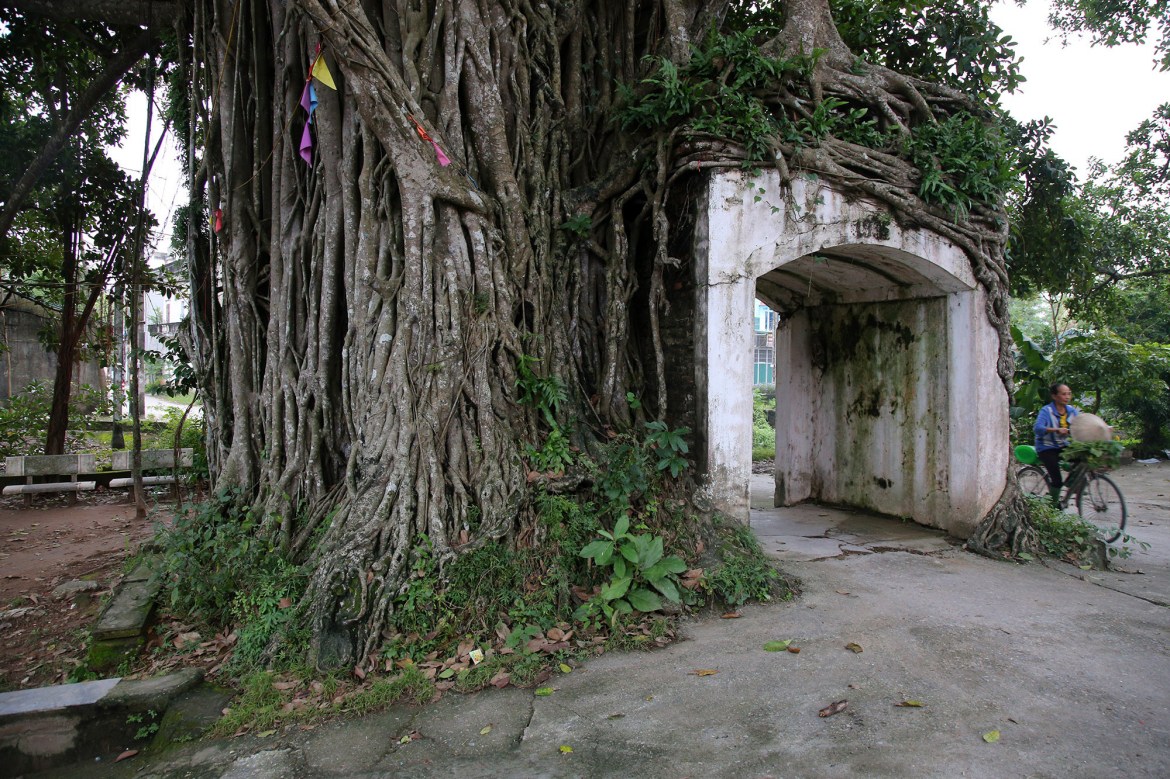
The people of Yen Coc said that in the past, the village had 2 banyan trees planted with two gates, but one tree died and its gate stood independently at the entrance of the village. The only remaining banyan tree, which was also just preserved, is slowly becoming green and remains a strong support for the village gate.
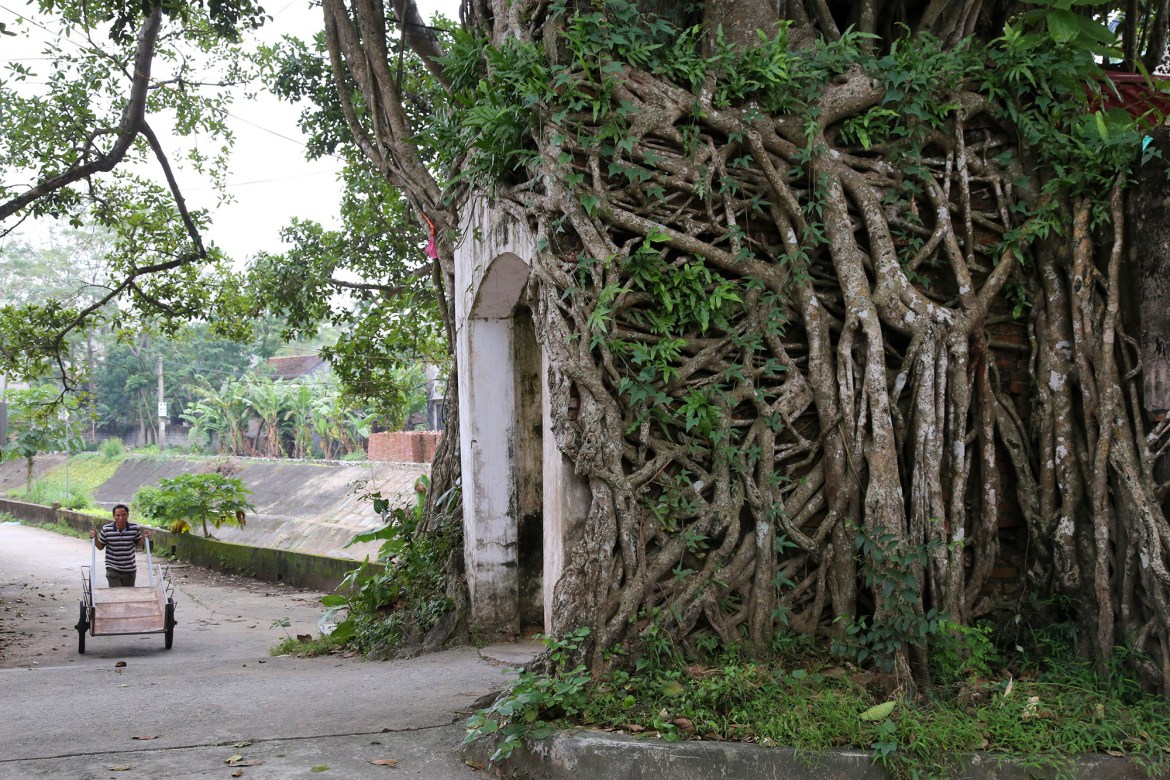
The array of roots clings firmly to form a unique tree wall.
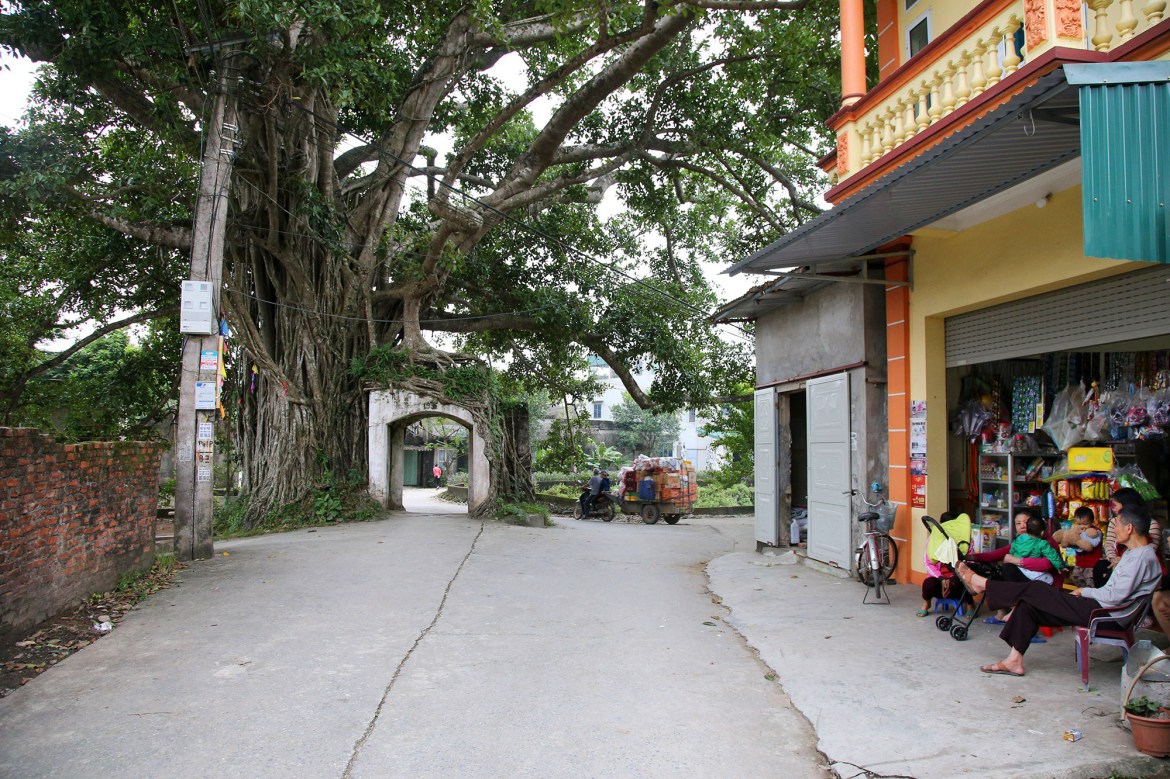
The Yen Coc village gate was originally just approximately two meters wide; however, due to increased traffic demand, a road was created around the entrance to ensure traffic flow.
Communal House Gate at Phu Hau village
An old Bodhi tree has spread its roots to cling to the brick wall of Phu Hau village’s Communal House (Son Dong commune, Lap Thach, Vinh Phuc), covering much of the Communal House gate.
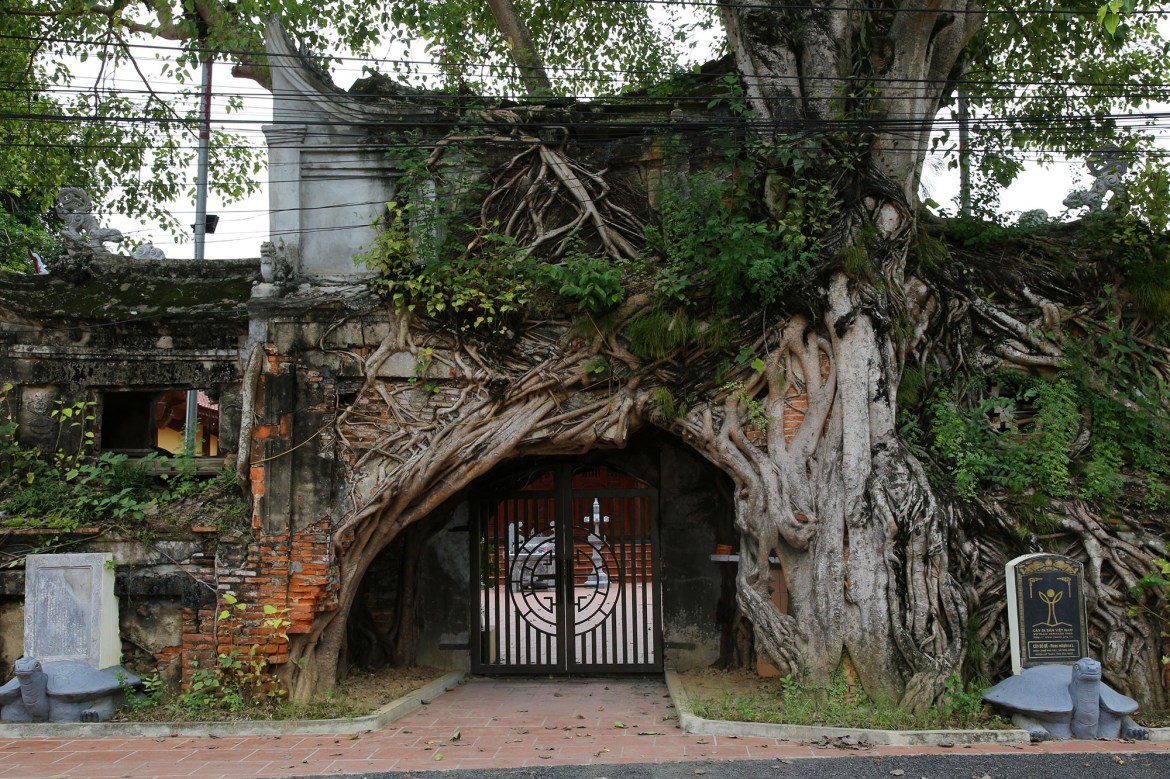
In October 2016, the Bodhi tree was honored as a heritage tree by the Vietnam Association for the Protection of Nature and Environment.
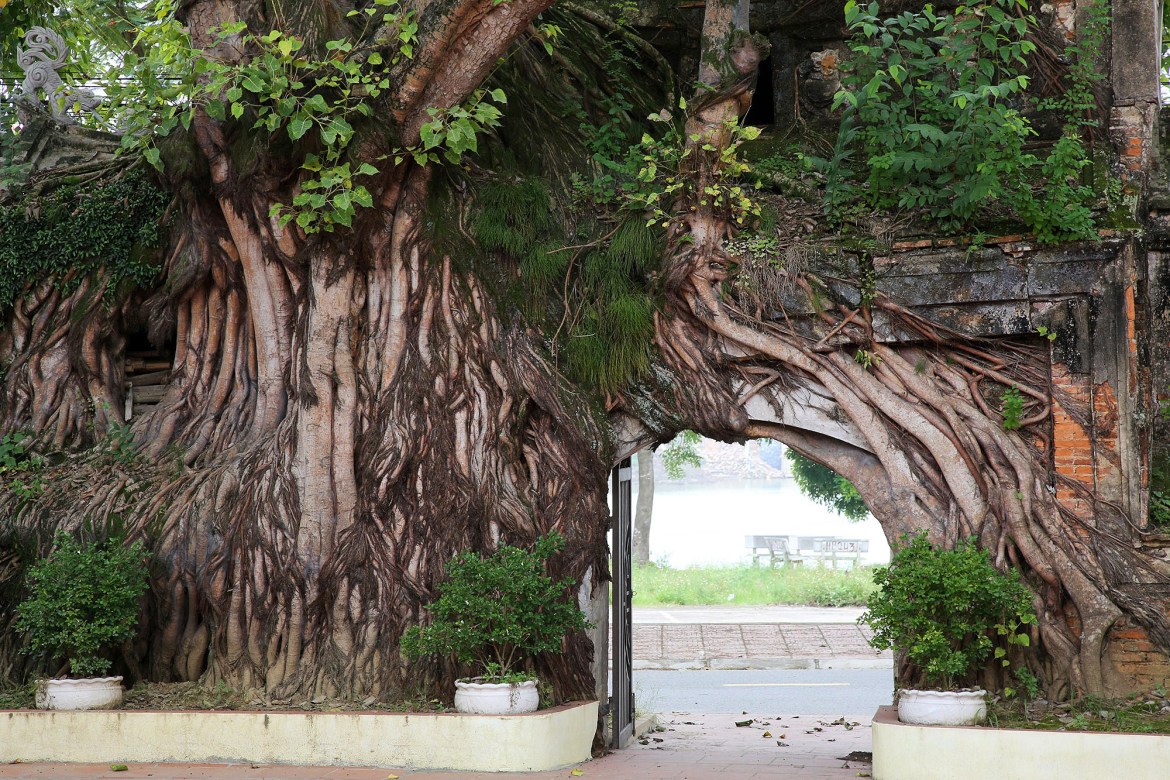
Over the years, the Bodhi tree has become an integral part of the architecture of this Communal House.
Most of the Communal House gate is clinging to the enormous roots of the Bodhi tree. Aside from its strong roots, the Communal House gate has developed several fractures throughout the years.
Van Khe village gate
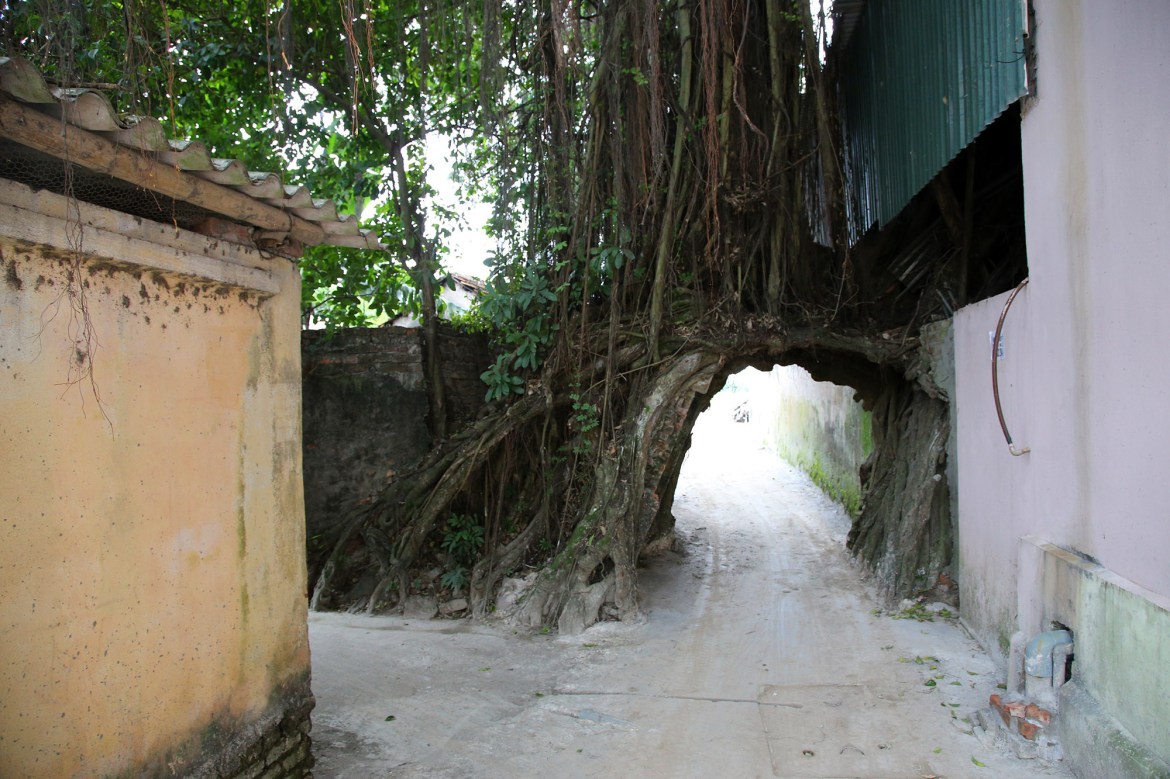
The Van Khe village gate (Tam Hung commune, Thanh Oai, Hanoi city) has been tilted down and nestled in the roots of an ancient sycamore tree.
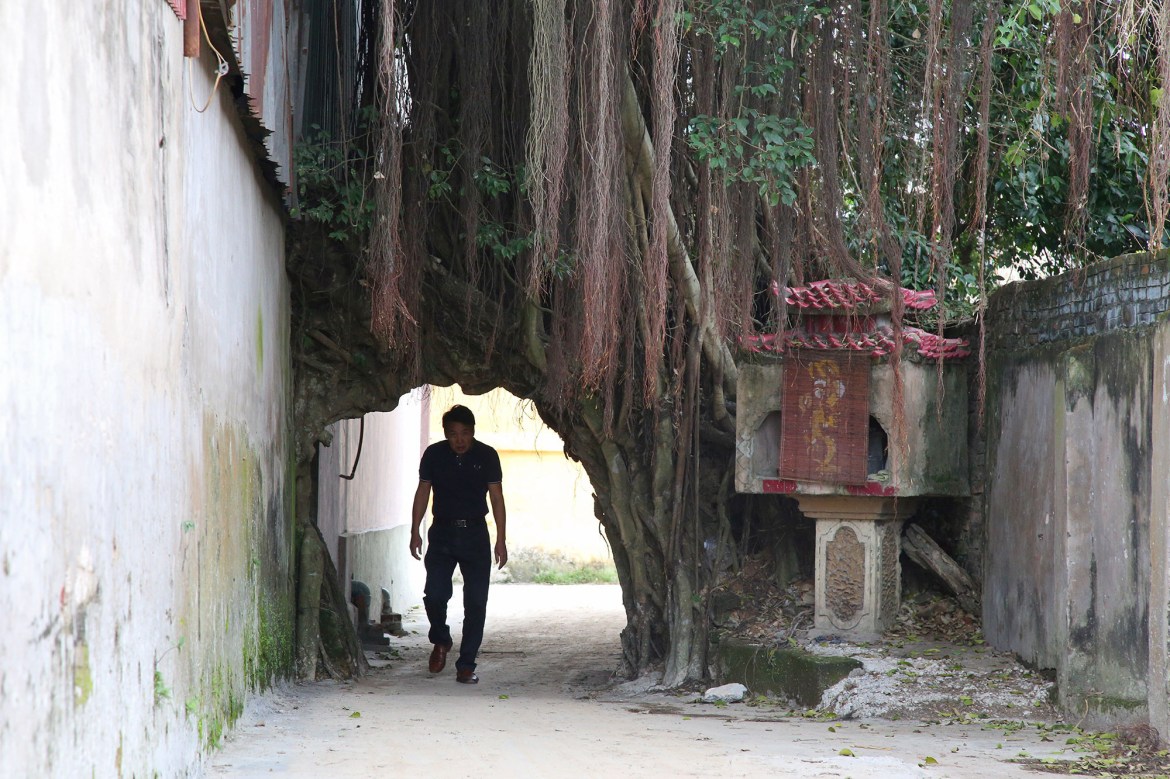
The arch of the gate is fairly low, and its width is narrow, yet the tree is nevertheless kept and considered a part of the village’s history.
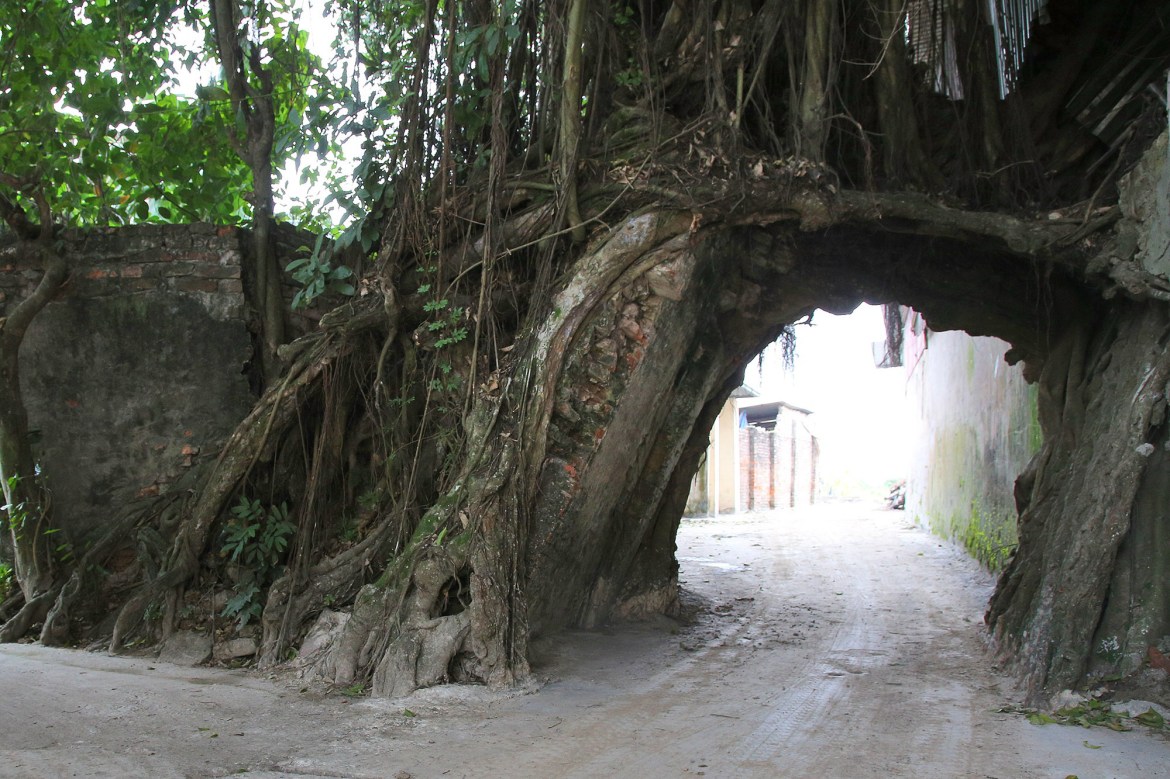
This gate’s arch has just one side of the slanted wall; the other side is the root of the Acacia tree.
Visitors to these unique village gates will experience nostalgia as they are filled with the personality of historic Vietnamese villages from the past.
@danviet.vn
Related
Source: Vietnam Insider
